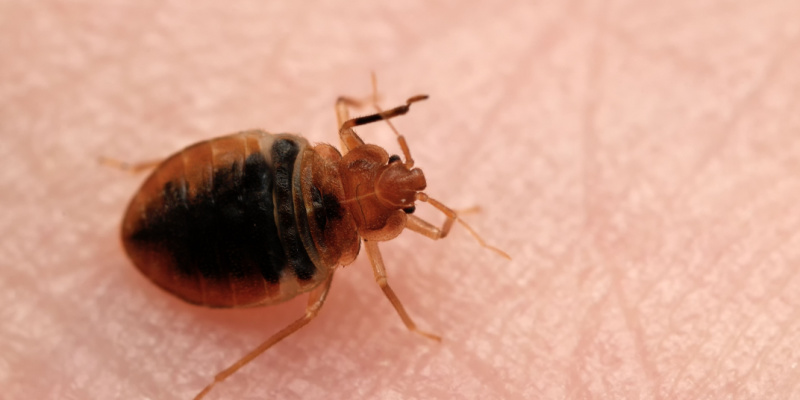Bed bugs can be a significant pest in homes, hotels, and even public transportation. These small, elusive insects are notorious for their biting habits and their challenging eradication once an infestation is established. Identifying bed bugs correctly is a crucial step in effectively managing and eliminating them.
Physical Description of Bed Bugs
Bed bugs, scientifically known as Cimex lectularius, have distinctive physical features:
- Size: Adult bed bugs are about the size of an apple seed, typically 4-5 millimeters in length.
- Shape: They have oval, flat bodies that become swollen and elongated after feeding.
- Color: Unfed adults are a brownish color, which turns to a redder hue after feeding on blood.
- Other Features: Bed bugs have six legs, short antennae, and no wings. They cannot fly but can move quickly over floors, walls, and ceilings.
The Bed Bug Life Cycle
Understanding the bed bug life cycle can aid in identification:
- Eggs: Bed bug eggs are tiny (about 1mm), pearl-white, and often found in clusters.
- Nymphs: Juvenile bed bugs, or nymphs, pass through five growth stages. They are smaller and lighter in color than adults and become redder after feeding.
- Adults: Fully mature bed bugs are larger and darker than nymphs, especially after feeding.
Common Signs of Bed Bugs
Identifying a bed bug infestation involves more than just recognizing the bugs themselves:
- Bites: Bed bug bites are often the first sign of an infestation. They appear as small, red, itchy spots, often in a line or cluster.
- Fecal Spots: Look for small, dark spots (bed bug excrement) on mattresses, bed linens, and walls.
- Blood Stains: Small blood smears on sheets can occur when bed bugs are crushed.
- Shed Skins: As bed bugs grow, they shed their exoskeletons, leaving behind small, brownish shell-like remnants.
- Odor: A heavy bed bug infestation may produce a musty, sweet smell from their scent glands.
Distinguishing Bed Bugs from Other Pests
Bed bugs can be mistaken for other small, brownish insects like carpet beetles, tick nymphs, or small cockroaches. However, bed bugs are unique in their flat, apple-seed-like appearance and their tendency to hide in cracks and crevices near sleeping areas.
Professional Identification and Eradication
If you suspect a bed bug infestation, it’s advisable to seek professional help. Pest control experts are trained in bed bug identification and use various methods, including visual inspection and specially trained dogs, to confirm their presence.
Preventive Measures
To prevent bed bug infestations:
- Inspect Second-hand Furniture: Carefully check used furniture, especially beds and couches, before bringing them into your home.
- Travel Precautions: Use luggage racks in hotels and inspect your luggage and clothing when returning home.
- Reduce Clutter: This minimizes hiding spots for bed bugs in your home.
Bed bugs are small, flat insects that can be difficult to detect. Identifying them correctly is key to effectively managing an infestation. Look for signs such as bites, fecal spots, and blood stains, and consult a professional for confirmation and treatment. Taking preventive measures can also help keep your home bed bug-free. Early detection and professional intervention are crucial to successfully controlling bed bug infestations.
